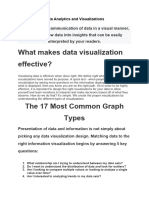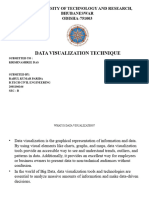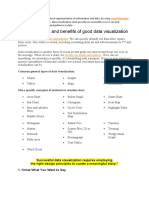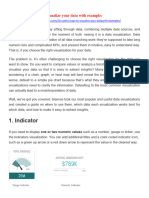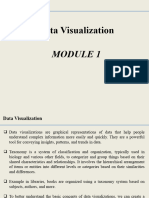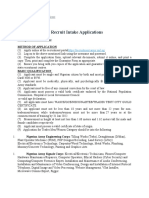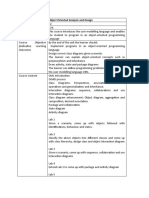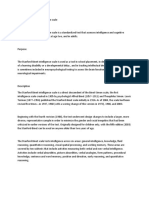0% found this document useful (0 votes)
45 views36 pagesUnit 2 Visualization
The document discusses various types of data visualizations, including charts, graphs, scorecards, and dashboards, emphasizing their importance in helping people understand data significance. It outlines fundamental visualization methods and considerations for optimizing presentations to convey the right message effectively. Additionally, it highlights the role of geographic visualization tools and best practices for creating impactful visualizations.
Uploaded by
K.S.K. CreationsCopyright
© © All Rights Reserved
We take content rights seriously. If you suspect this is your content, claim it here.
Available Formats
Download as PPTX, PDF, TXT or read online on Scribd
0% found this document useful (0 votes)
45 views36 pagesUnit 2 Visualization
The document discusses various types of data visualizations, including charts, graphs, scorecards, and dashboards, emphasizing their importance in helping people understand data significance. It outlines fundamental visualization methods and considerations for optimizing presentations to convey the right message effectively. Additionally, it highlights the role of geographic visualization tools and best practices for creating impactful visualizations.
Uploaded by
K.S.K. CreationsCopyright
© © All Rights Reserved
We take content rights seriously. If you suspect this is your content, claim it here.
Available Formats
Download as PPTX, PDF, TXT or read online on Scribd
/ 36

